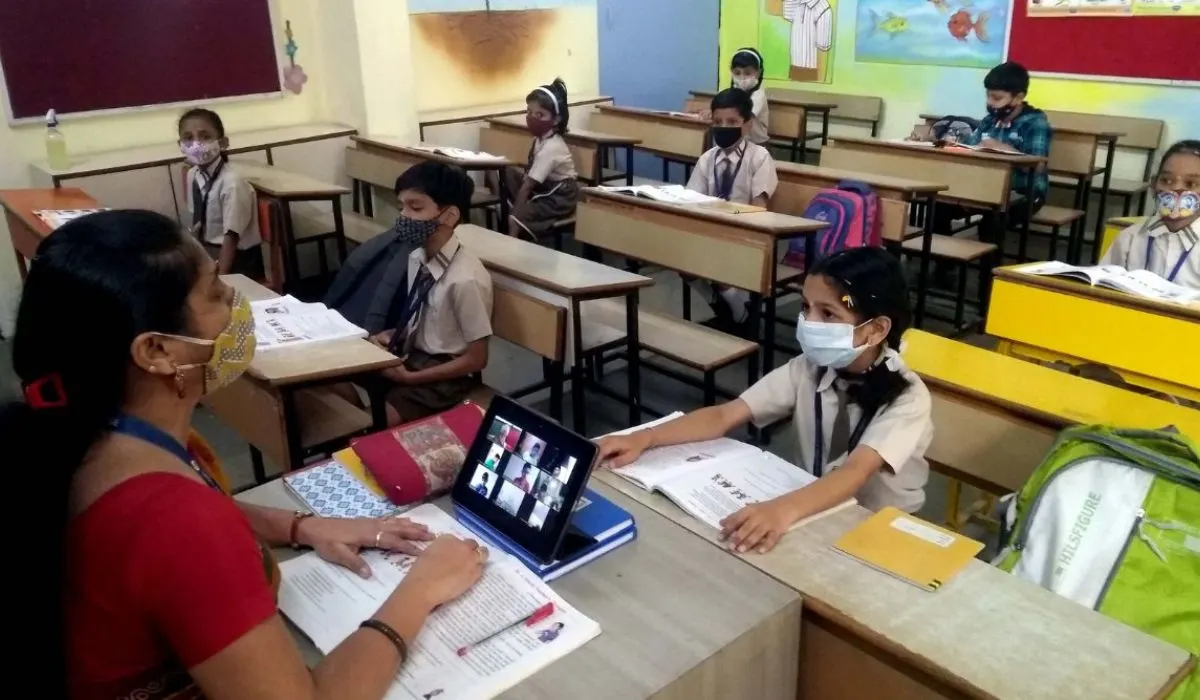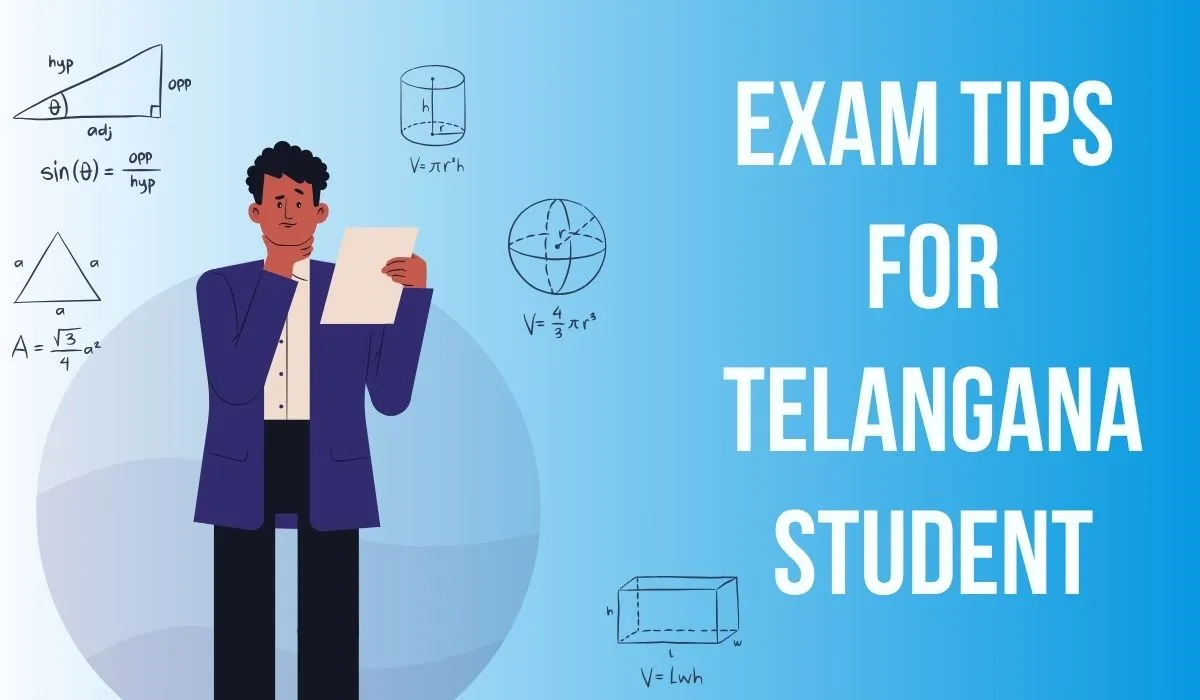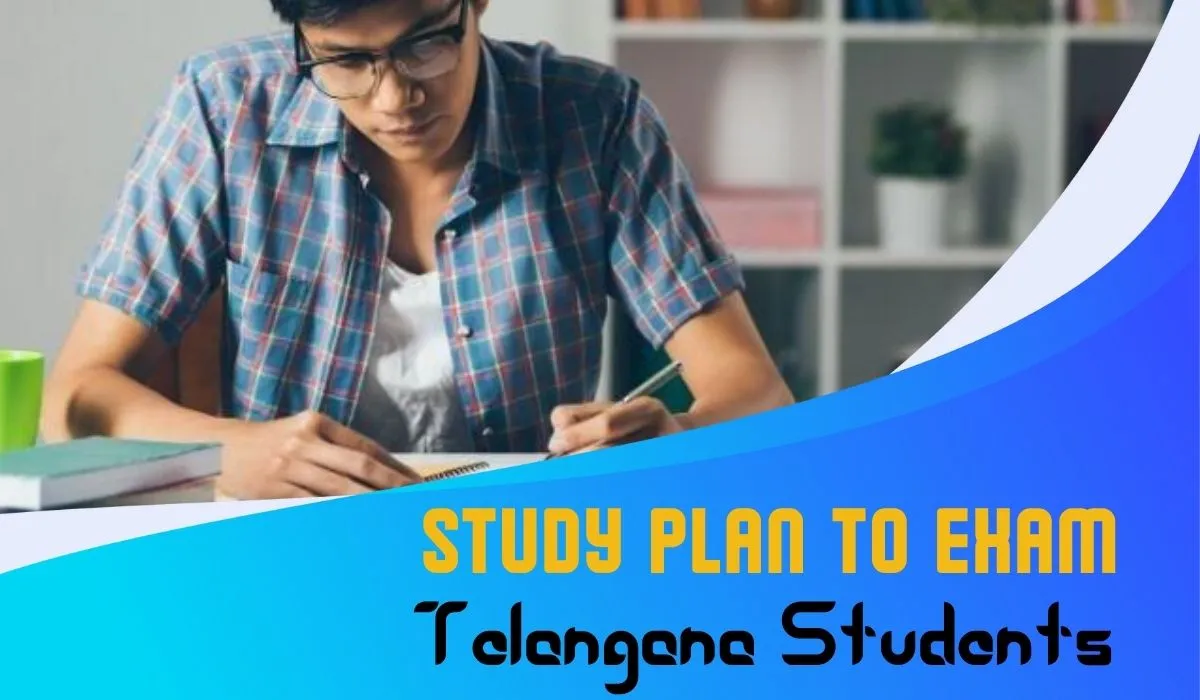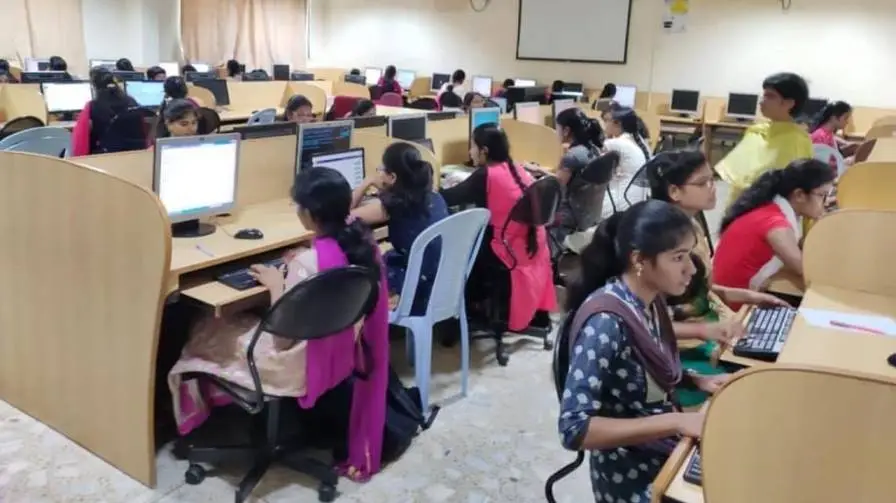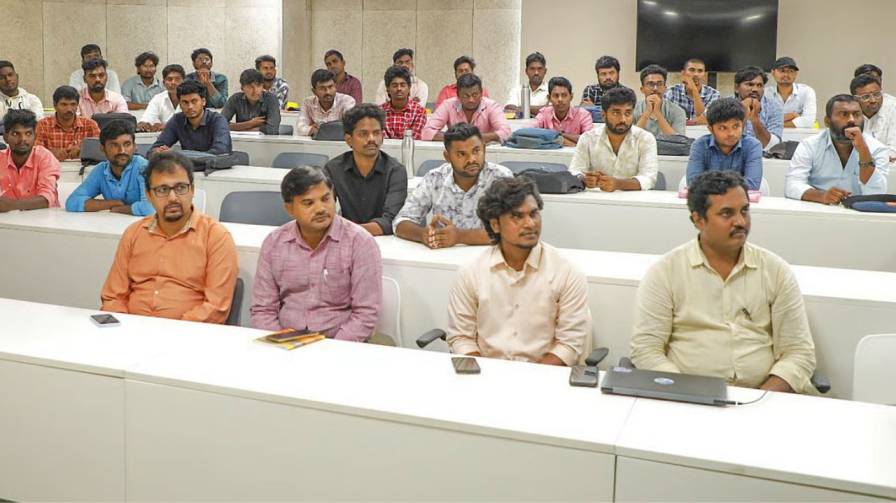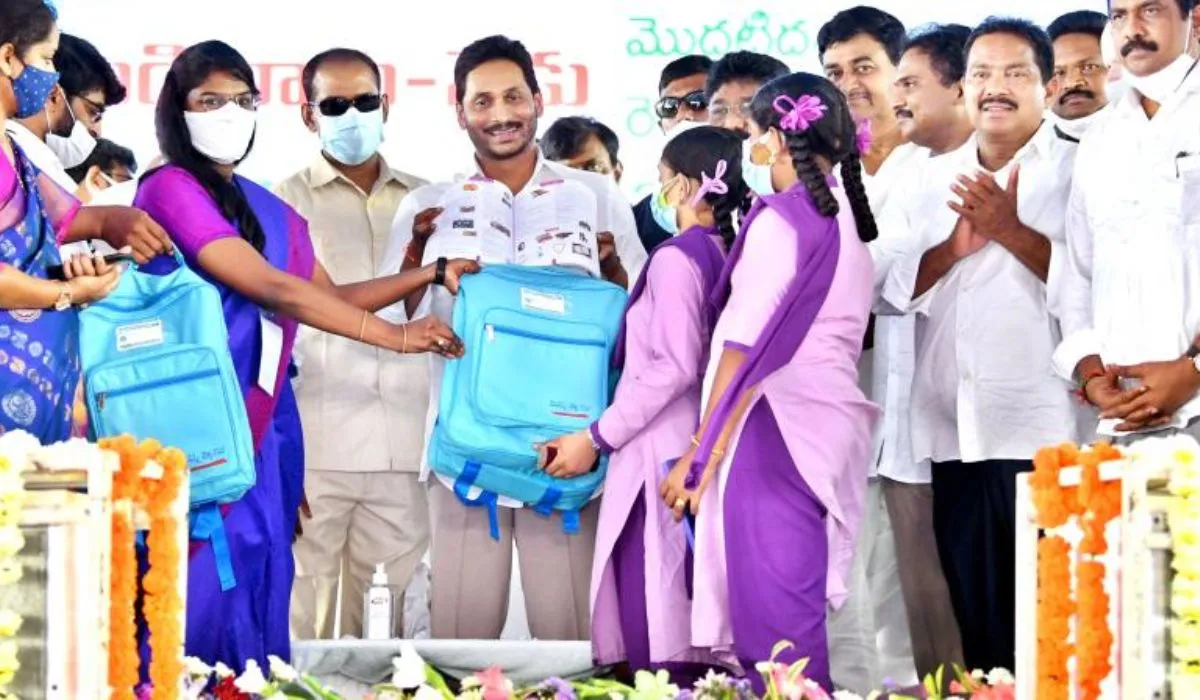In the state landscape the Karnataka Education Policy 2025. It marks a bold new chapter. The policy focuses on scale based training and bilingual education. The aim is to lessen the gap between knowledge and skills. To make the students have language proficiency and practical abilities. This policy is introduced to reflect. The government‘s promise for a better future. This issue is basically to remake the future of education. How real life connects with education. Will ensure that every learner in the state has the tools to succeed.
The Beginning of a New Era in Karnataka
To Modernise Karnataka’s learning base. The Education Policy 2025 was introduced. And to stay in the state's language and cultural identity. Education policy 2020 focuses on many things. To make it inclusive. Flexible and technology based society.
Understanding the Core Goals of the Policy
Bilingual learning to be introduced in schools. Be it in Karnataka or the other states. Skill development and training to be provided in the courses. Digital literacy will be improved. Technology as a part of education will also make a change. Teacher training programmes will be enhanced. In the modern teaching methods. To strengthen partnerships, so as to increase a practical exposure. The aim is to ensure that every student graduates. From the state school excels. And becomes both academically and practically skilled and strong .
Benefits of Attending a Bilingual School
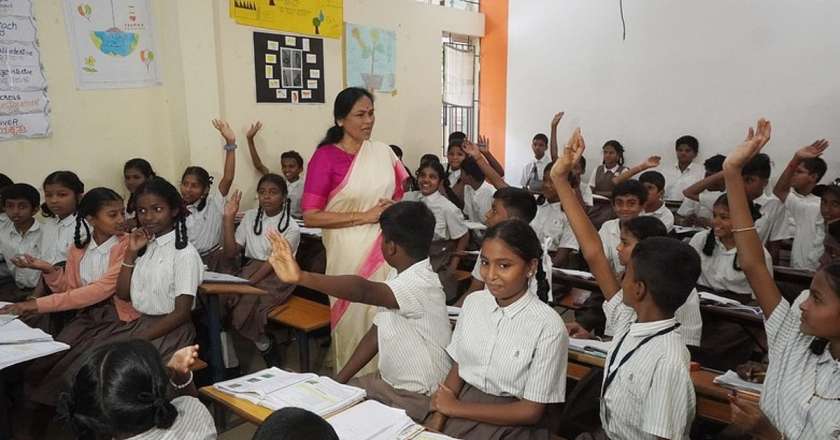
The Bilingual education model is one of the best features. Of the Karnataka Education Policy 2025. Course subjects will be taught in the schools. Kannada and English will be included. This will give the students a dual advantage. Fluency in global communication and strong communication.
Why Bilingual Education
Four subject’s understanding will be improved by teaching them in the local language. To help the students for their higher education. Enhancing their English proficiency is important. Exploring global opportunities helps to keep up with the cultural identity. For the students belonging from rural and urban backgrounds. Language gaps will be reduced. To improve academic performance and confidence. This model is made. The students belonging from rural areas often face language barriers. It will help them improve their efficiency.
Also read :- TN Allocated 600 Crore for School Breakfast and Midday Meals
Types of Skill Training Programs Available
The growing demand for better skills is recognised . Policy helps in making a structure for training programs. They aim to prepare the students for real world challenges. And to make the education grow.
Key Skill Areas Introduced:
- Basic computer education, coding, and digital design.
- Electrical work, carpentry, tailoring, and agriculture-related training.
- Communication, teamwork, and problem-solving abilities.
- Encouraging students to think creatively and start their own work.
Skill based learning is provided into the courses. The state has the goal to reduce unemployment. To create a base. Which is aligned with modern industry demands.
Focus on Rural Schools
The benefits of the education policy 2025 are ensured by the government. Both in rural and government School resources are often limited. Partnerships and special brands are introduced . This will help to enhance the infrastructure. Of the facilities of teaching .
Key Measures Include:
In all the government schools, smart classrooms are established. Both in Kannada and English language digital learning tools are introduced. Skill training workshops are provided to the rural students. For the high school learners career counselling programs are provided. To lessen the gap between rural and urban regions, these efforts are expected. This will share equal opportunities for everyone.
Types of Teacher Training Programs
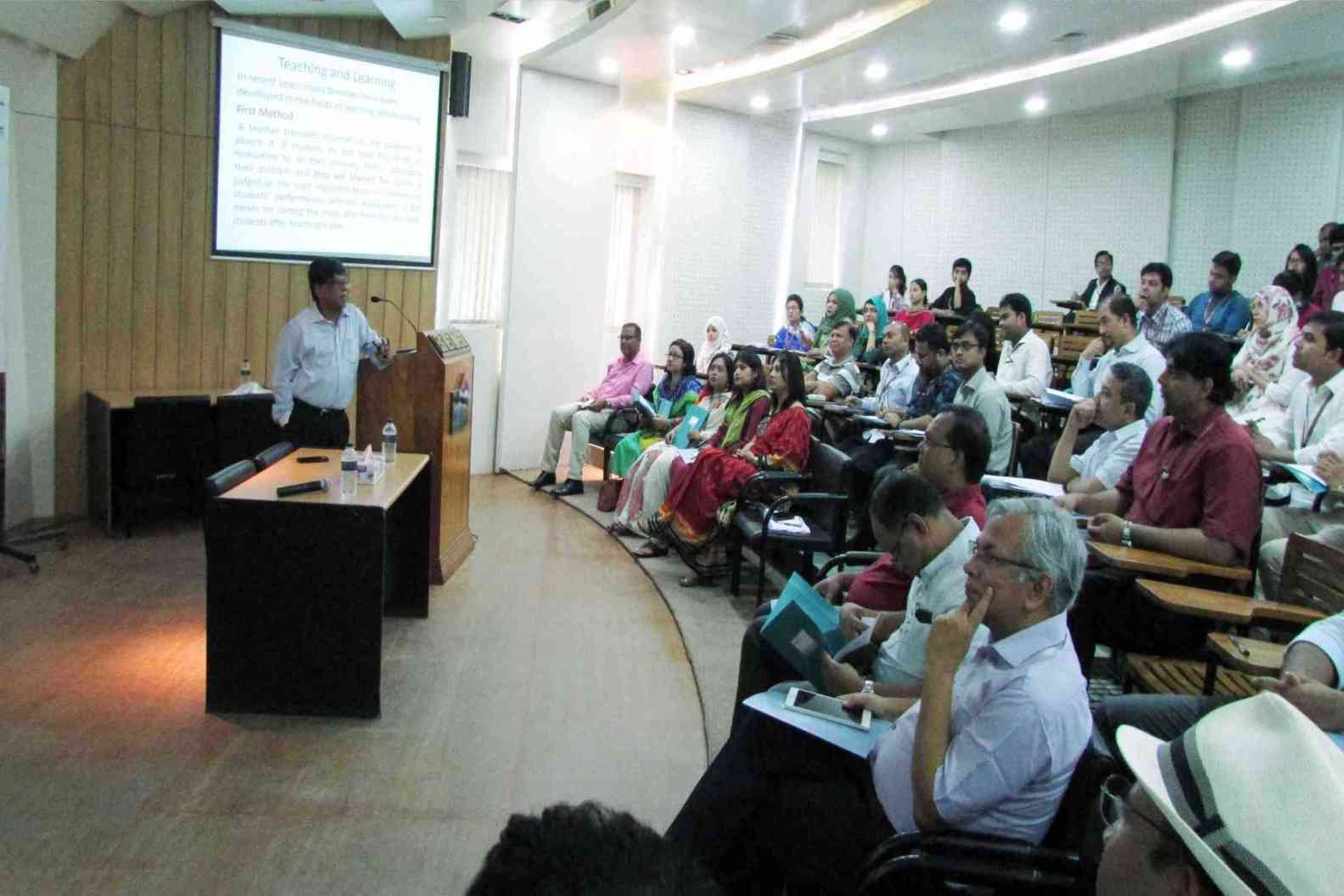
Without the help of teachers, no reform can succeed. This policy focuses more on teacher training programs. So that the bilingual and skill base model. Can be adapted by the educators.
Improvements Underway:
For teachers, continuous professional development sessions are provided. New methods are introduced. To train in digital education tools. E-learning materials and the updated textbooks are a sign of development. Universities collaborate with education experts to share knowledge. The policy aims for a better classroom delivery by helping teachers. Student engagement and the overall growth is also increased.
Technology
The state has introduced this new policy to prepare students for the digital time. It is a push towards technology enabled education. Digital tools are integrated in the schools to make it more attractive.
Initiatives Include:
For digital lessons smart boards, and tablets are provided. In both Kannada and English learning apps. They are provided, which are AI powered. For senior students, online skill certificate programmes are provided. To help students connect with the opportunities. Career affairs are held. To make the states, education. More efficient, and affordable . This digital change is introduced .
Looking Ahead
Karnataka education reforms can help enhance the model. For other Indian states as believed by the experts. This education system enhances the strength. Of traditional learning. The needs of a modern economy will be fulfilled. It is expected to impress thousands of students. As the policy roads are the district. It has the confidence to succeed both locally and globally.
Conclusion
It is a forward living initiative after the policy has been introduced. The policy helps in polishing the skills. And announcing the language proficiency. It even helps integrate technology . Since bilingual education and practical skill development is promoted. The government is fulfilling their promises. The state is not only educating its youth. What is also creating an environment. That is having a good approach.



